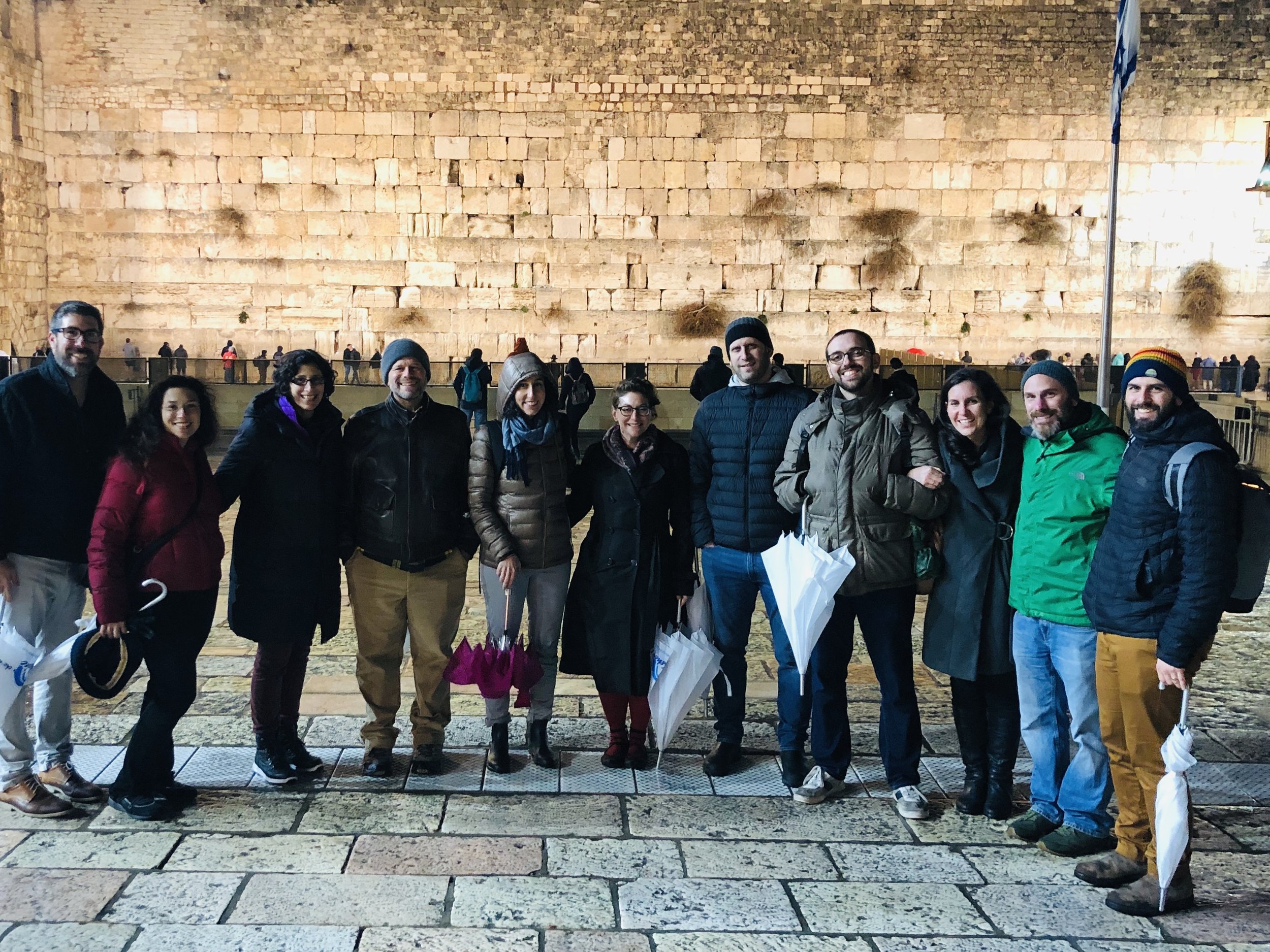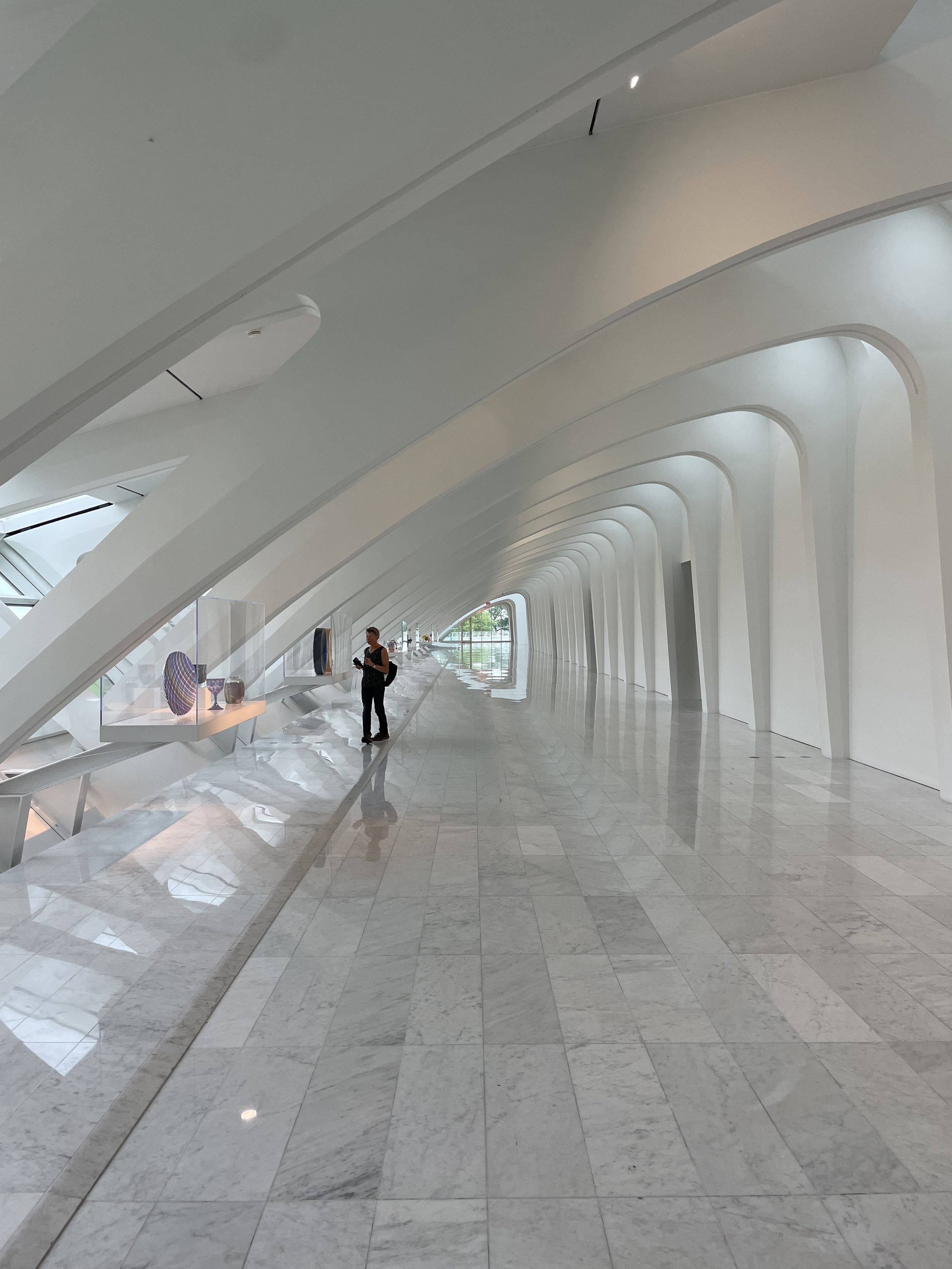Two participants from a Birthright Israel/Taglit trip I led— An American and Israeli at Mt. Herzl National Cemetery. 2010
The poet David Whyte often speaks and writes about the conversational nature of reality. It is an idea that what we believe we are, what we believe the world is, is constantly bumping up against the truth. The job of the poet, indeed of all of us, is to bring that truth into conversation with our deepest held beliefs thus changing ourselves and perhaps to some extent reality itself.
I’ve been thinking about Israel this week. Indeed, it’s hard to think about or write about much else. I am not one to process my deepest feelings publicly and, in any case, I don’t know that I could articulate them at this point. So, while I am still “processing” here are some of the actions and resources that are helping me come to terms with and make “sense” of what is happening.
I reached out to many of my friends and colleagues in Israel with messages of love and support. I hesitated at first because I thought, the last thing my friends there need is to be responding to email but everyone seemed grateful that I had written. Throughout the week, I kept thinking of more people, I needed to be in touch with. Thankfully, everyone I have heard from so far is safe and their loved ones are safe. But everyone is no more than one step removed from someone who was hurt or is in danger.
For the most part, I avoided doom scrolling the news. Instead of watching endless clips of violence and horror on CNN, I read the daily briefing sent out by the Jewish Federation of Greater Rochester. These 3-4 pages tell me most of the facts I need to know about what is going on. I am grateful I quit social media.
I made a donation for humanitarian relief through the Jewish Federation of Greater Washington Israel Crisis Relief Fund. Please donate if you are so moved and are able. Money doesn’t solve all problems, but it can help with many of them.
I’ve turned to the voices I trust. Chief among them the Shalom Hartman Institute in Jerusalem. The Institute’s two podcasts For Heaven’s Sake with Donniel Hartman and Yossi Klein-Halevi and Identity Crisis hosted by Yehuda Kurtzer often mirror and help me make sense of my own thoughts and feelings. I found the montage of American Jews living in Israel describing their experience on “Identity Crisis” in the early hours of the invasion to be particularly moving. You can find both on Apple Podcasts or wherever you find your favorite podcasts.
I watched my favorite Israeli chef make this. Then I made it.
Umbrellas over Jerusalem. 2015
I was surprised by the number of non-Jewish friends who have reached out to me with words of support and comfort. Many of them know that I have many friends in Israel having been there more than a dozen times. Others aren’t sure about my connection but wanted to express support anyway and still others only know that I am Jewish and presume Jews care about Israel. It is understood that Israel and Jewry worldwide are inextricably connected.
Compounding the surrealness of the week was the email that I got from the German Embassy in Washington informing me that my application for citizenship had been approved and inviting my children and me to a ceremony to accept it. An odd juxtaposition, to be sure, since the same catastrophe that led me to be eligible to reclaim my grandparent’s German citizenship also was a major force in the founding of the Jewish State. Accepting German citizenship comes with a host of complicated feelings but more on that in another post at another time.
With my Shalom Hartman Fellow cohort at the Kotel (Western Wall). December 2018
I’ve been thinking a good bit about what Cole, the little boy protagonist in The Sixth Sense, said about the dead people he alone can see. “They see only what they want to see,” he tells his friend Malcom. How like these dead people are we! We tell ourselves that Israeli intelligence and its army are superhuman. That an invasion of Israel is impossible. That the terrorists are too disorganized and incompetent to mount a serious threat. We tell ourselves the stories we want to hear, reinforce those stories with the stories of others that confirm our biases and then shut out the rest. Not just about Israel or America but about so much of our lives. What it would look like if we were to occasionally engage in a conversation with reality?
The world’s a narrow bridge; fear nothing.










